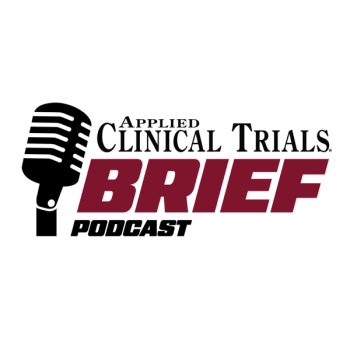
Industry Seeks to Address Driving Force Behind United States’ Third Opioid Epidemic, Fentanyl
Increased use of fentanyl underscores immediate need for better testing methods.
The United States has experienced two opioid epidemics in its past, which were driven by prescription opioids and heroin. In 2013, a third epidemic began; however, this time the driving force shifted to illicitly manufactured synthetic opioids, which are much more potent and cheaper than their predecessors. According to a study published in The New England Journal of Medicine, in 2016, these illicit opioids, primarily fentanyl and its ultrapotent analogues, surpassed prescription opioids as the leading cause of overdose-related deaths.1
Statistics around drug-involved overdose deaths suggest that fatalities have continued to rise in recent years. According to the National Institute on Drug Abuse, drug overdose deaths rose from 2019 to 2021 with more than 106,000 drug overdose deaths reported in 2021. Deaths involving synthetic opioids other than methadone (primarily fentanyl) continued to rise with 70,601 overdose deaths reported in 2021.2
The increased lethality of fentanyl poses challenges for the healthcare system, particularly in adapting toxicology screening practices. Routine fentanyl immunoassay screening has not been fully implemented in clinical practice due to cost and interpretation challenges. Additionally, there is a lack of reliable FDA-approved self-testing kits for individuals with opioid use disorder (OUD) to deploy for harm reduction.1
“Some health care facilities may not have fentanyl immunoassays available. For those that do, turnaround times may be long, and given the varying chemical structures of illicit fentanyls, results may be difficult to interpret in the clinical context,” the study authors wrote. “Though hospitals can create their own point-of-care (POC) fentanyl tests to reduce turnaround time, such laboratory-developed tests are classified as ‘high complexity’ under the Clinical Laboratory Improvement Amendments of 1988 (CLIA), the federal standards that govern testing of specimens from humans for purposes of clinical care. Such tests must therefore be processed in laboratories whose technologists can perform high-complexity testing, which severely limits feasibility for many facilities.”
Despite these challenges, there has been recent progress. In December 2022, the FDA cleared a POC instrument for testing urine for fentanyl with high sensitivity and specificity. This development holds the potential for scaling up POC fentanyl testing in the healthcare system. Up to this recent development, the lack of such testing has hindered efforts to characterize exposures, leading to missed opportunities for providing treatment resources and harm-reduction strategies, especially for those with OUD.
Fentanyl is also having a major impact on clinical practices, such as managing exposures and prescribing buprenorphine for opioid withdrawal. It emphasizes the need for scalable POC fentanyl testing to inform clinical decisions about the timing and safety of buprenorphine induction.
While progress has been made with FDA clearance for a POC fentanyl test, challenges remain, including regulatory demands and costs that limit implementation in many healthcare facilities. The study authors suggest that FDA collaboration with manufacturers of urine test strips could expand access to POC fentanyl testing, making it more feasible for patients and less-resourced healthcare settings.1
“This development will not solve all our fentanyl testing needs, but we hope it will catalyze efforts by regulators and manufacturers to expand access to less resource-intensive types of POC testing for fentanyl and other adulterants,” the study authors concluded. “And given the new trend toward adulteration of street opioid supplies with xylazine, for which there is no FDA-cleared POC test or self-testing kit, we must already begin applying the lessons of our decade-long struggle for a POC fentanyl test to a new scourge.”
References
- Barnett, B. S., Chai, P. R., & Suzuki, J. (2023, November 2). Scaling Up Point-of-Care Fentanyl Testing — A Step Forward. The New England Journal of Medicine.
- National Institute on Drug Abuse. (n.d.). Overdose death rates. Retrieved from
https://nida.nih.gov/research-topics/trends-statistics/overdose-death-rates .
Newsletter
Stay current in clinical research with Applied Clinical Trials, providing expert insights, regulatory updates, and practical strategies for successful clinical trial design and execution.






.png)



.png)



.png)
.png)
